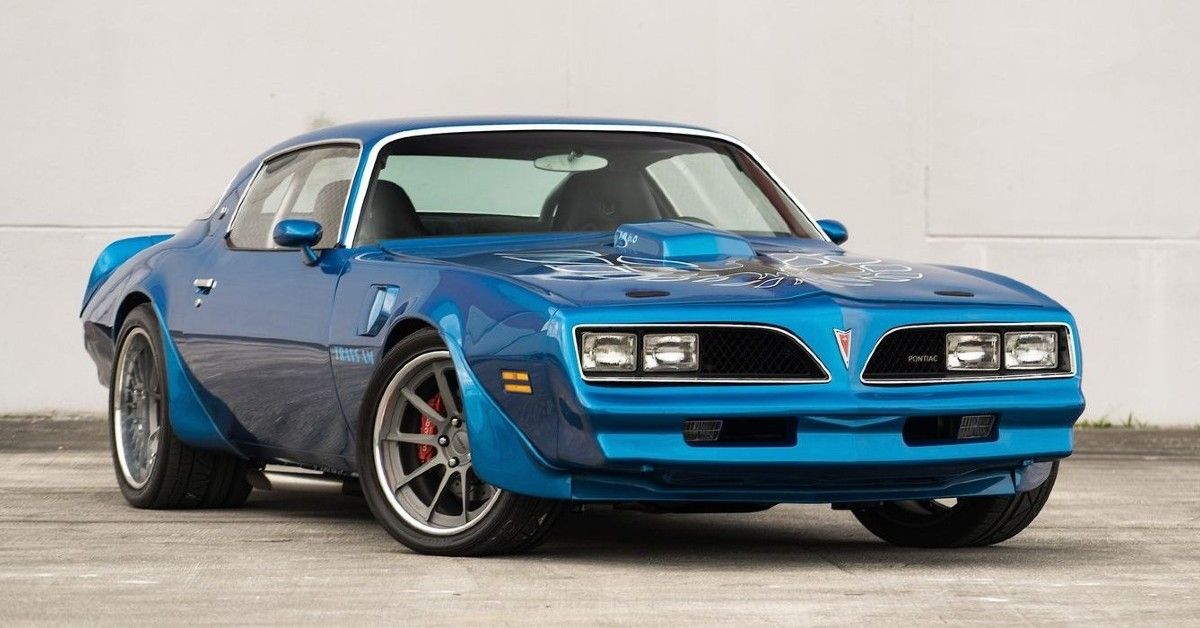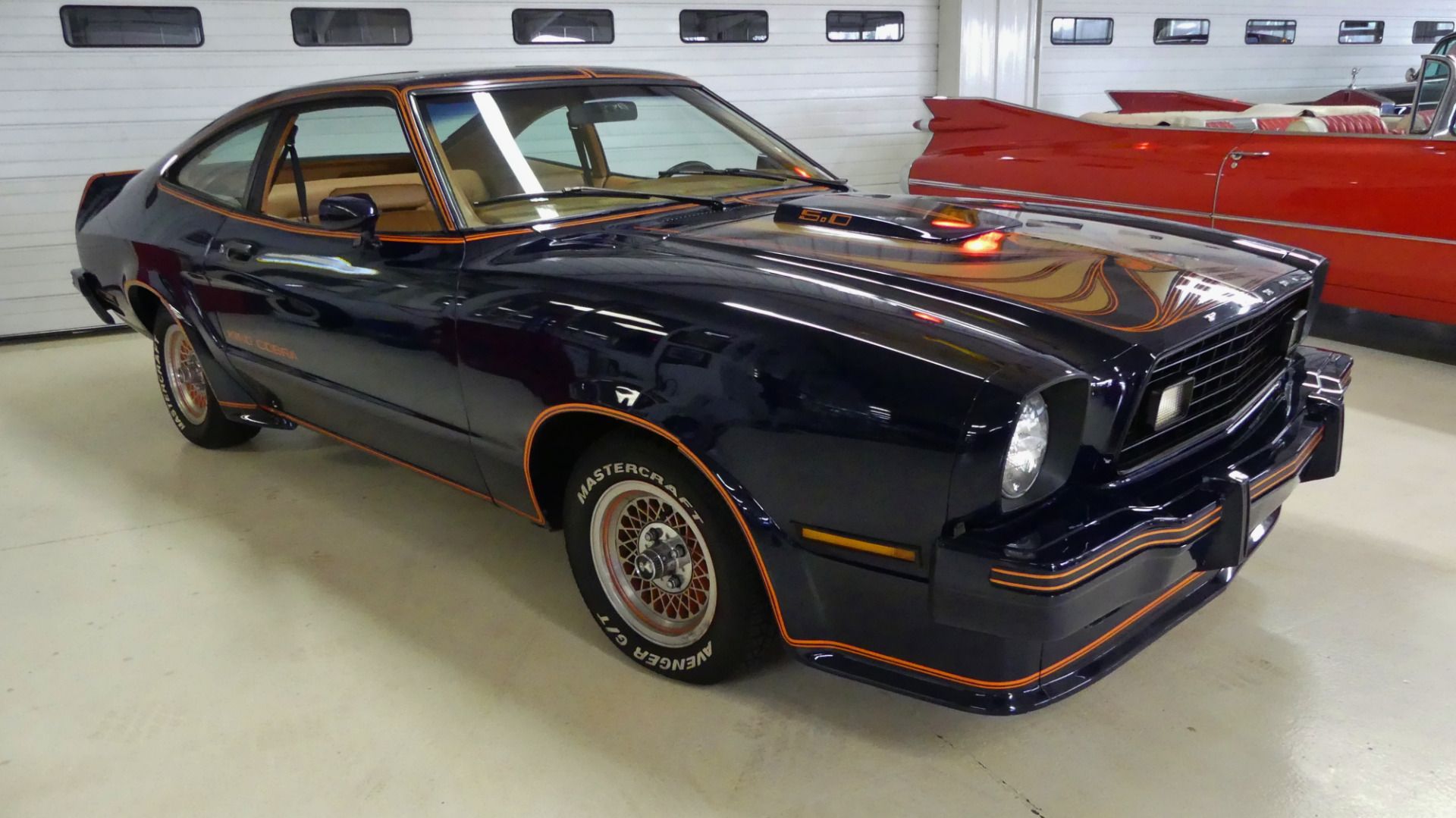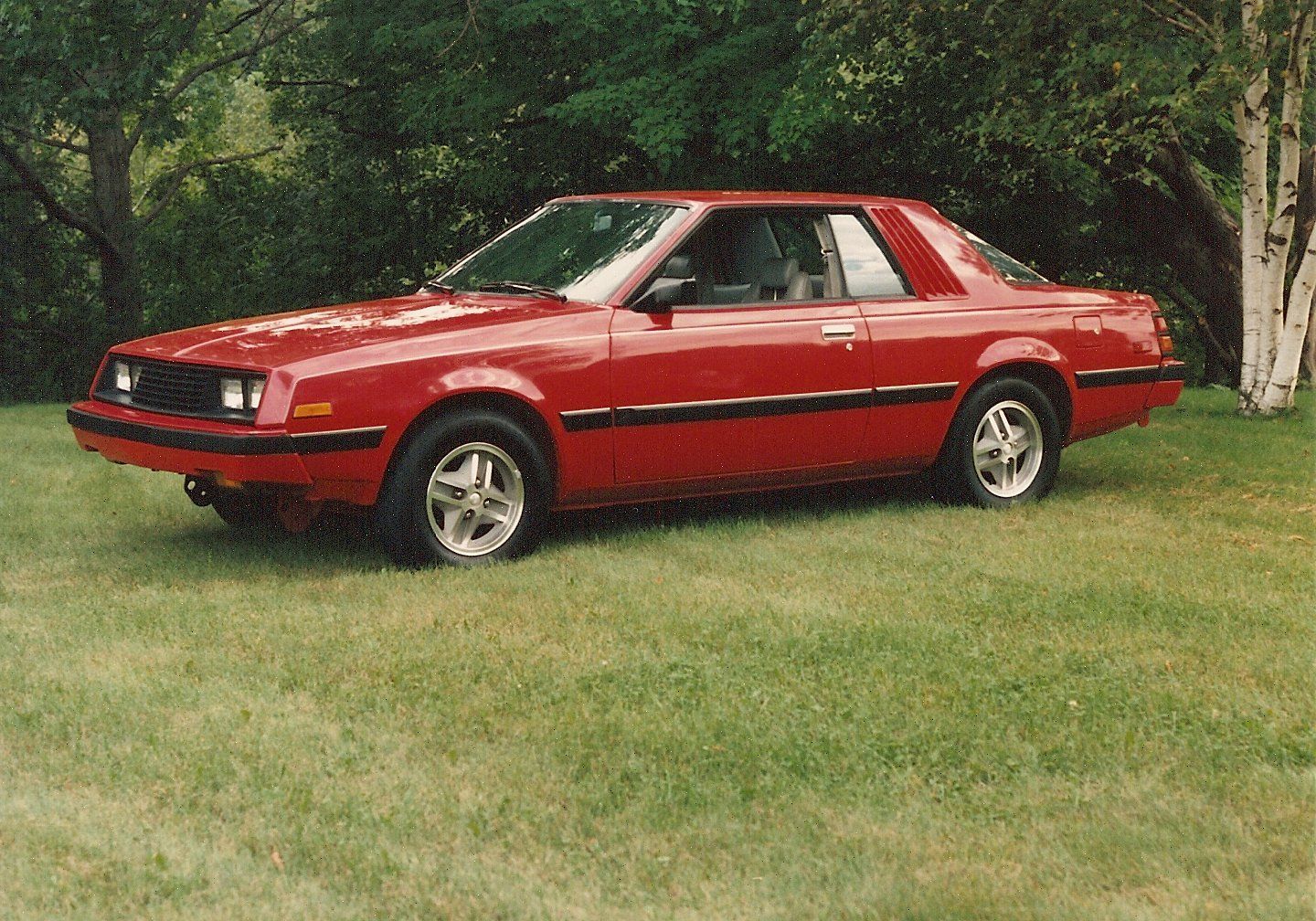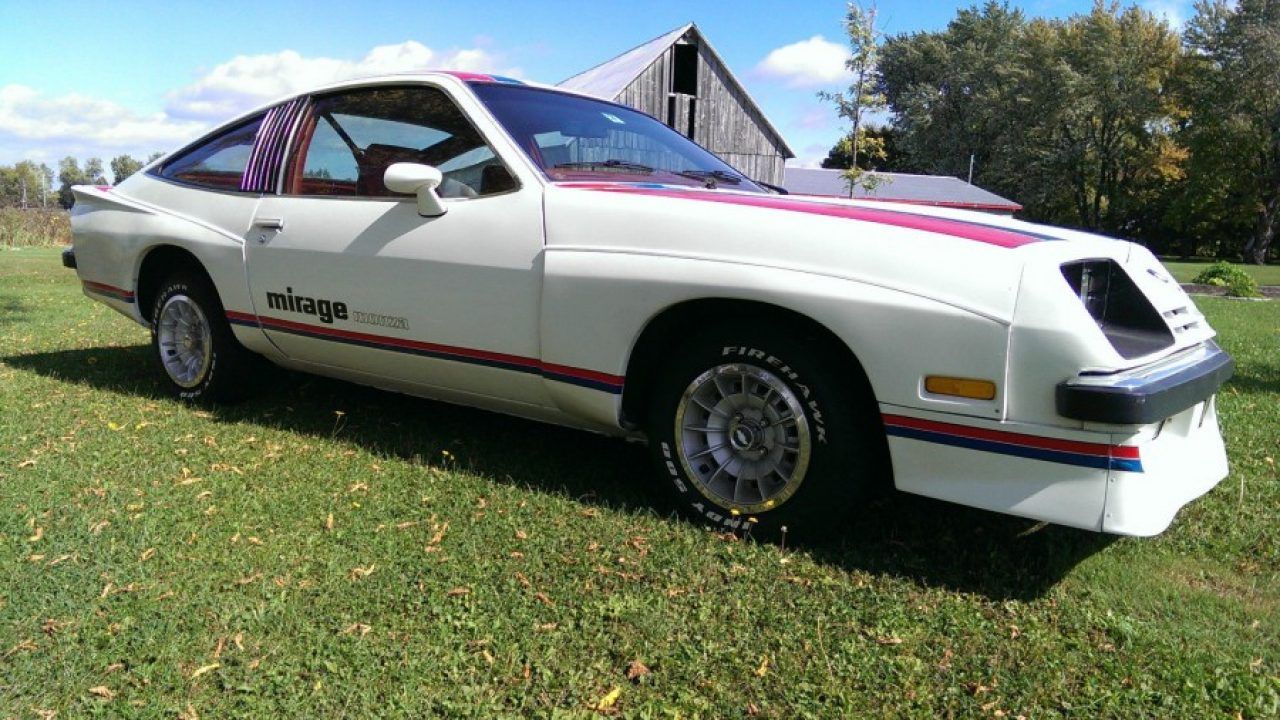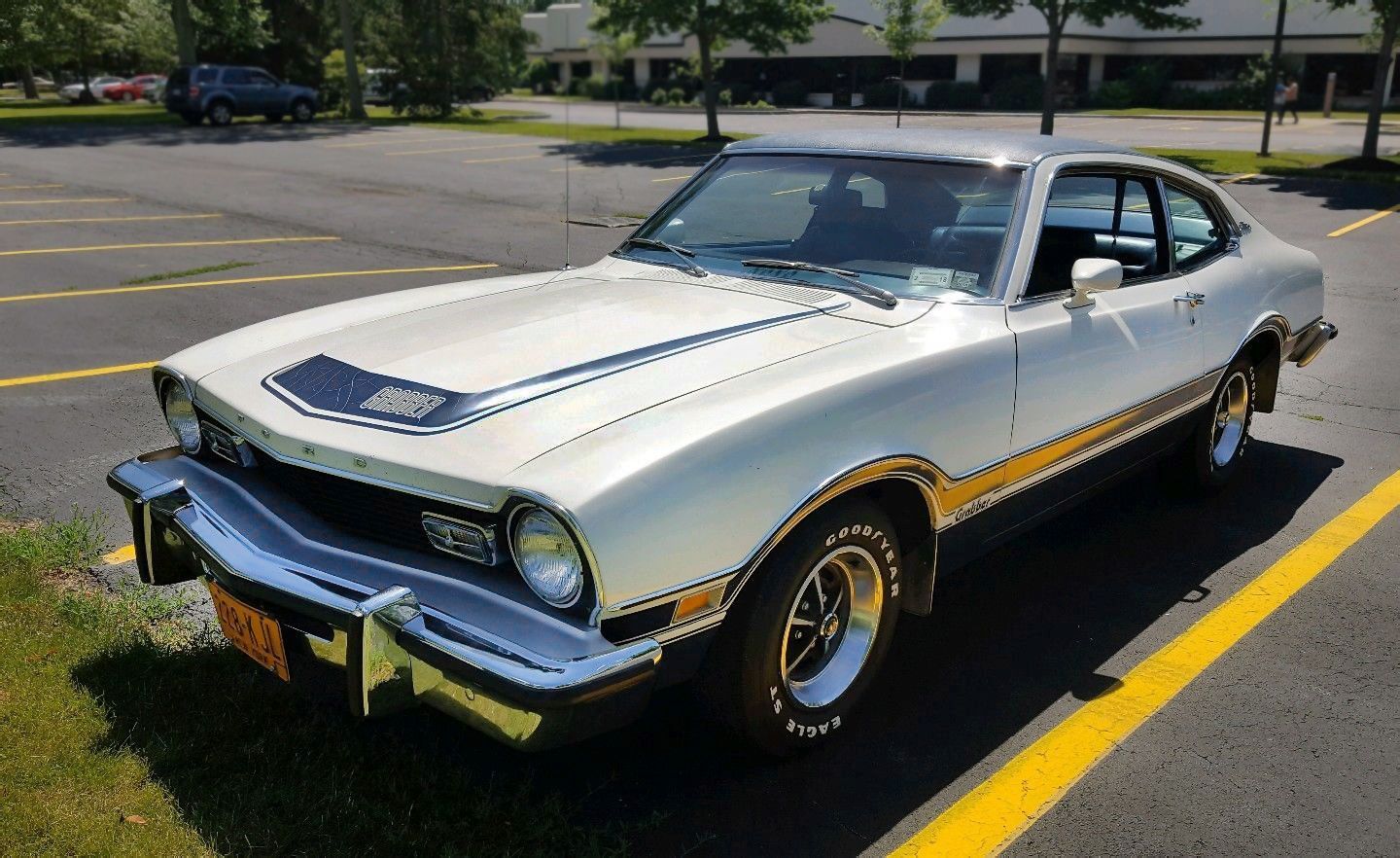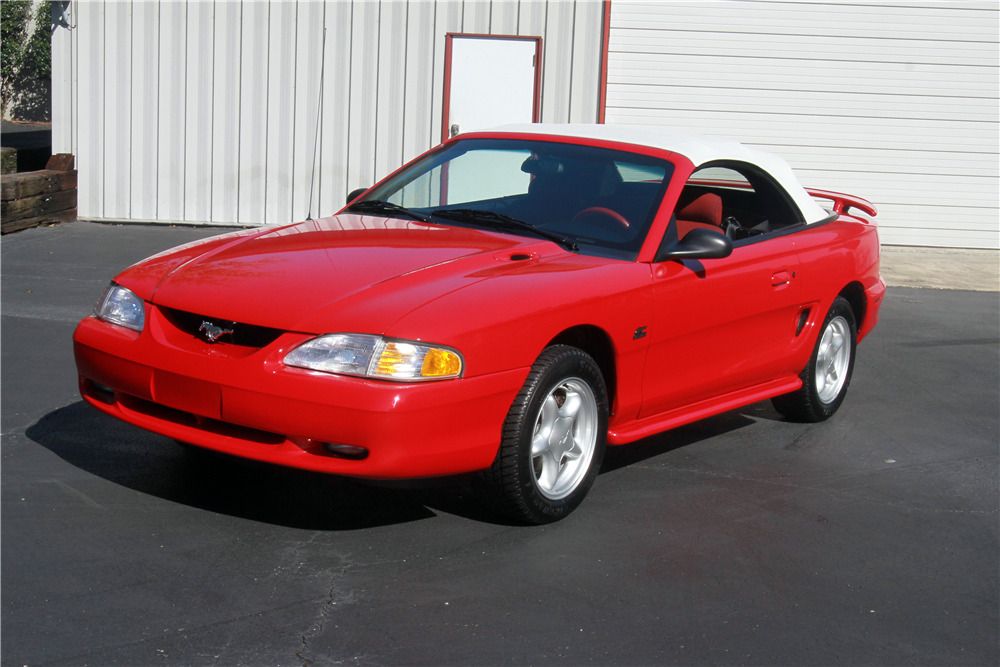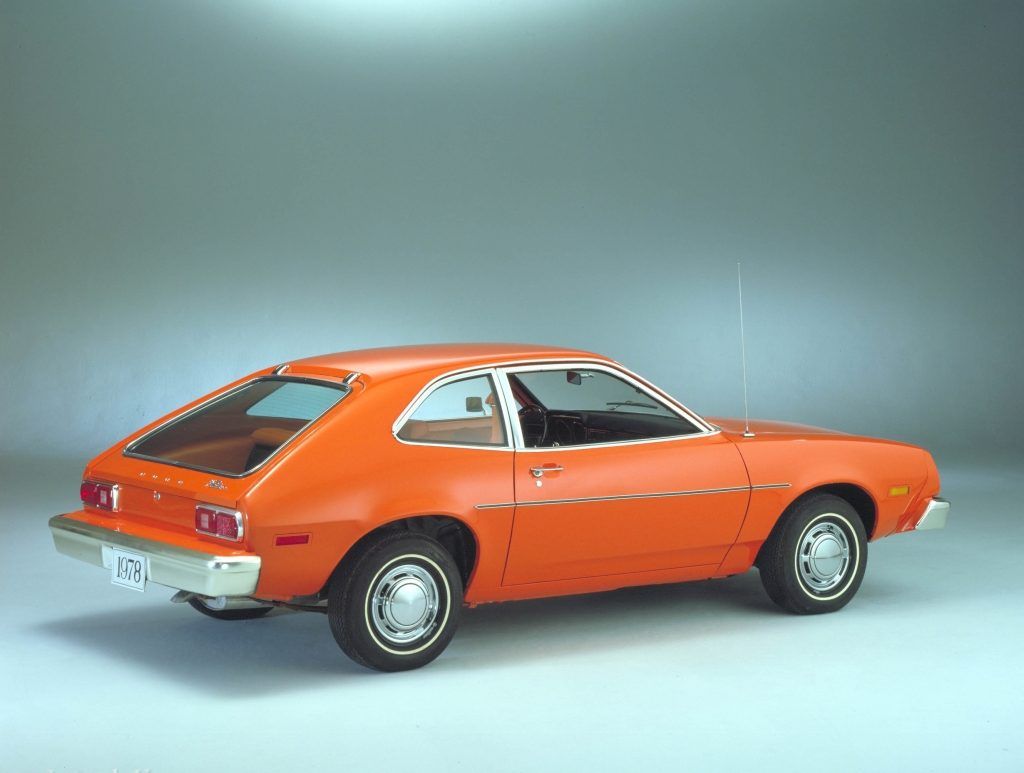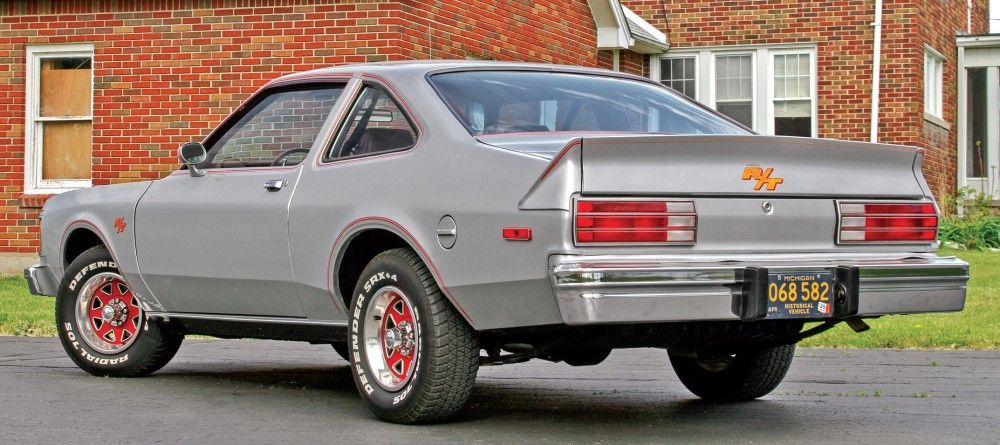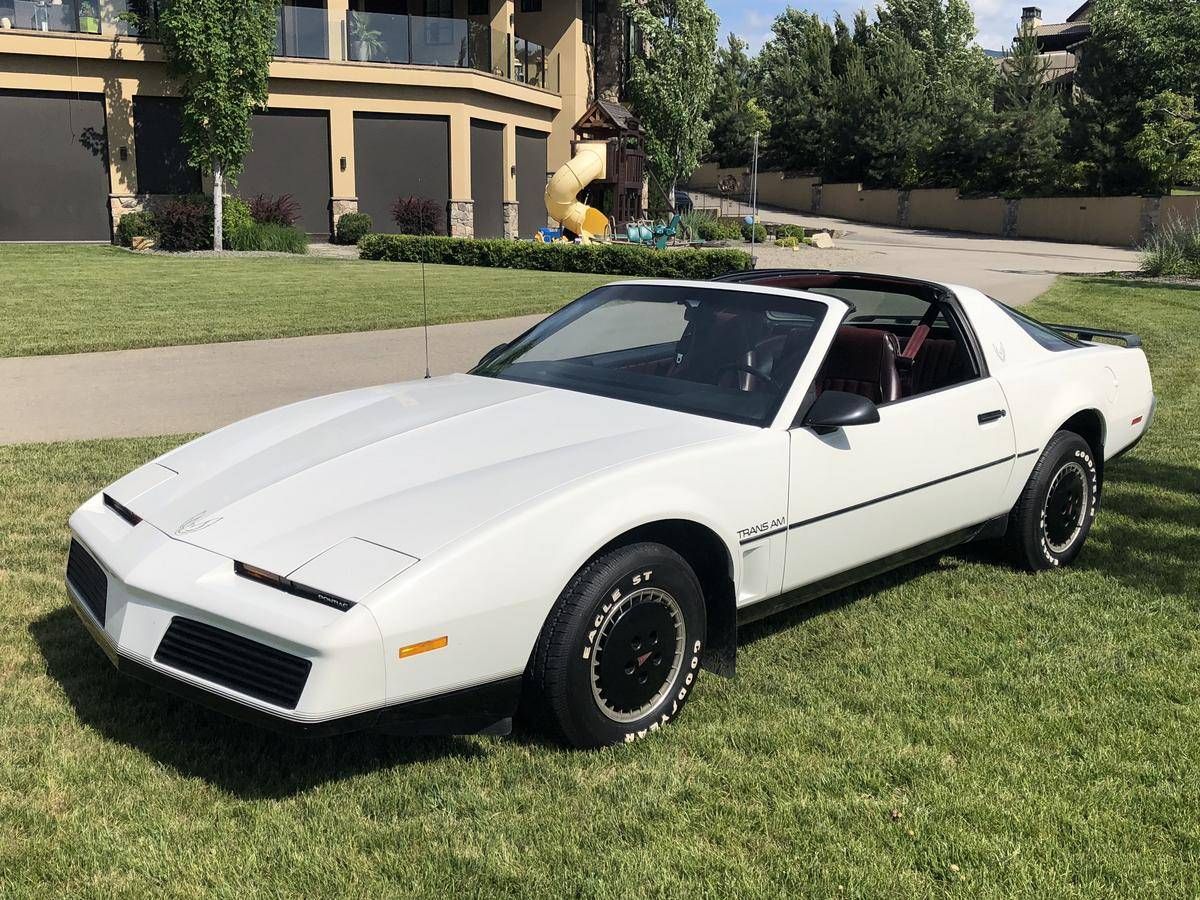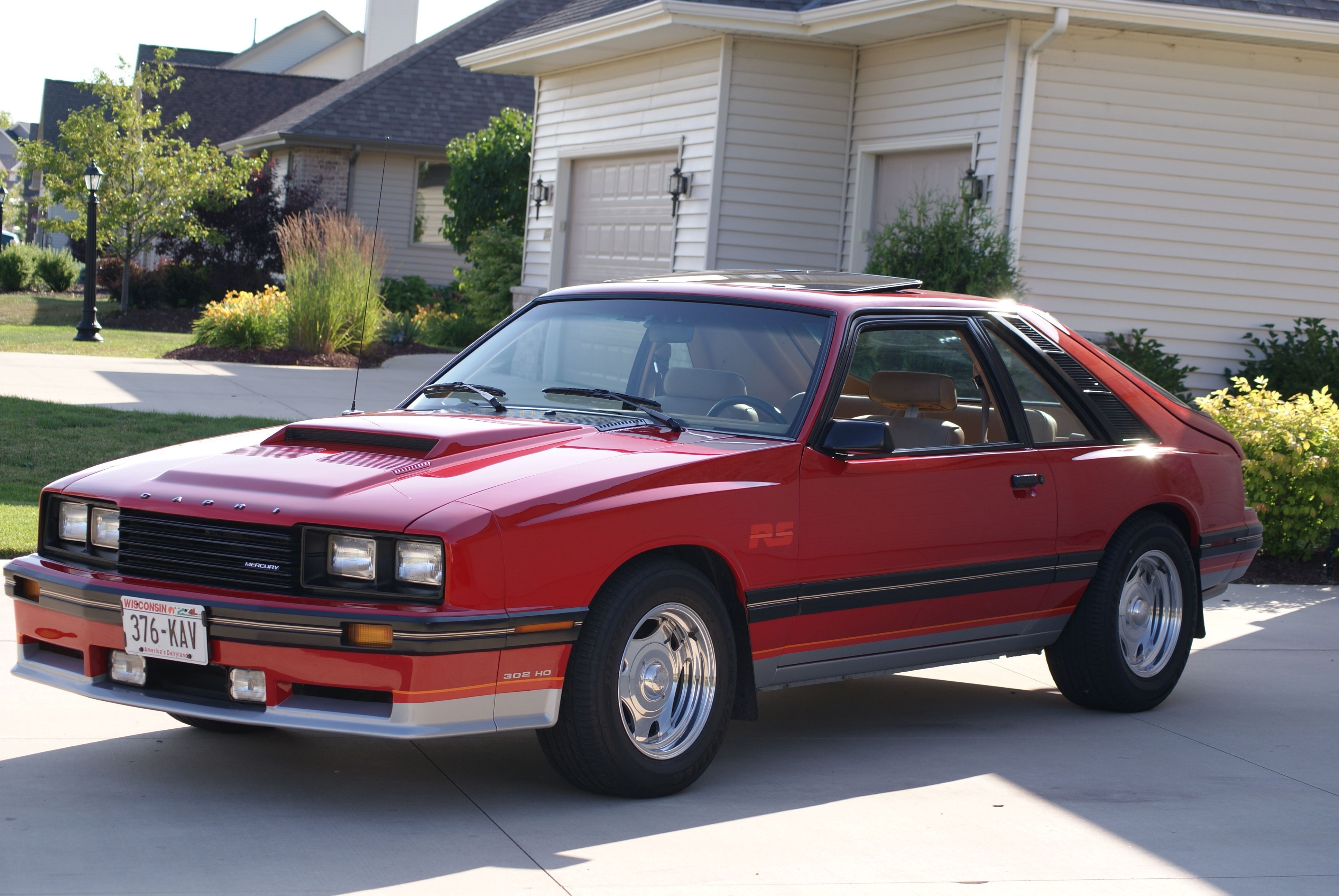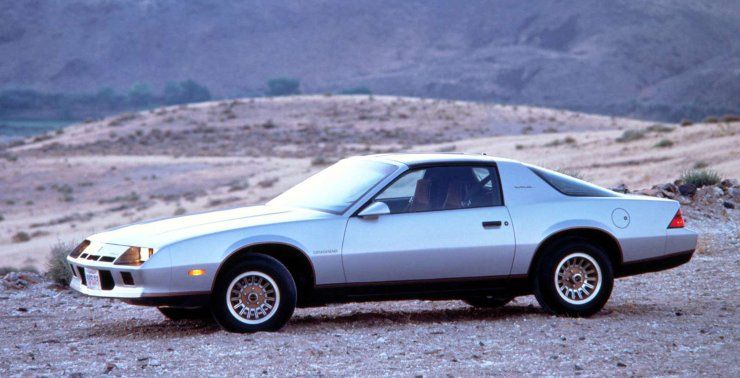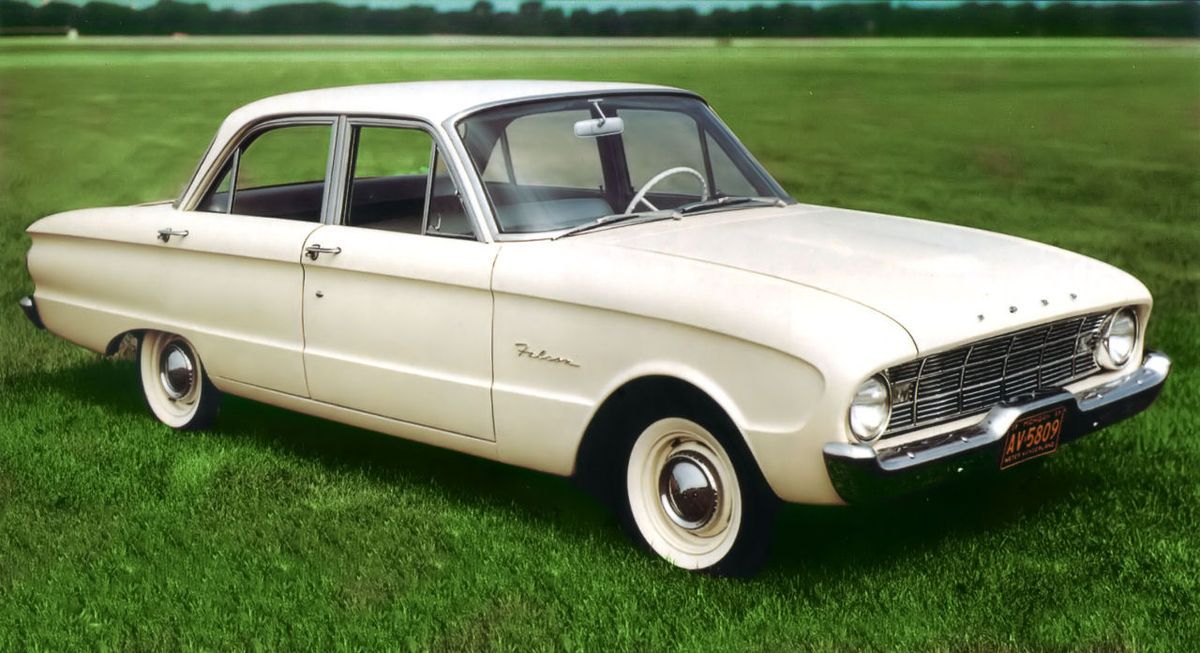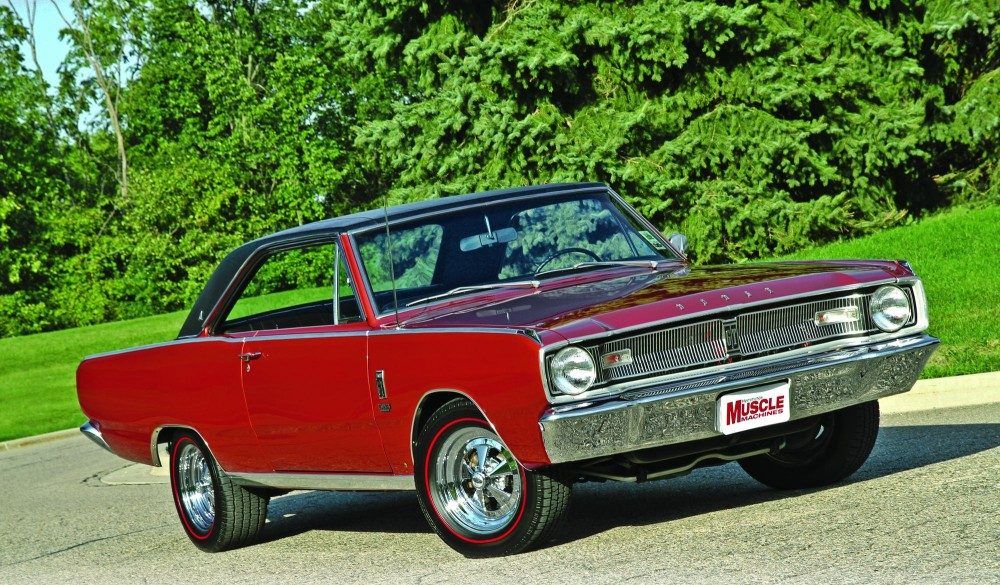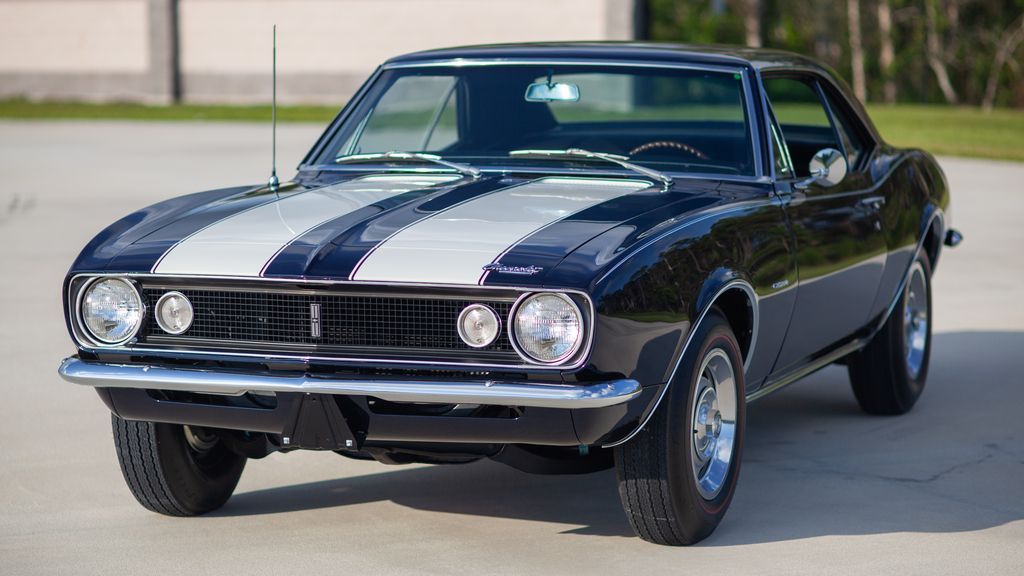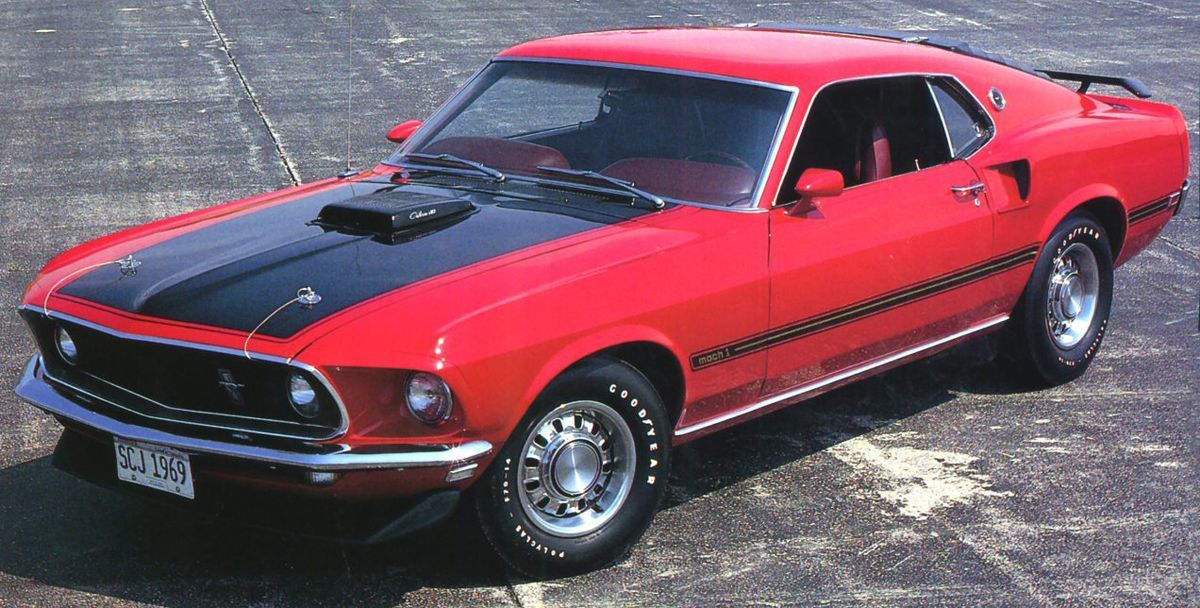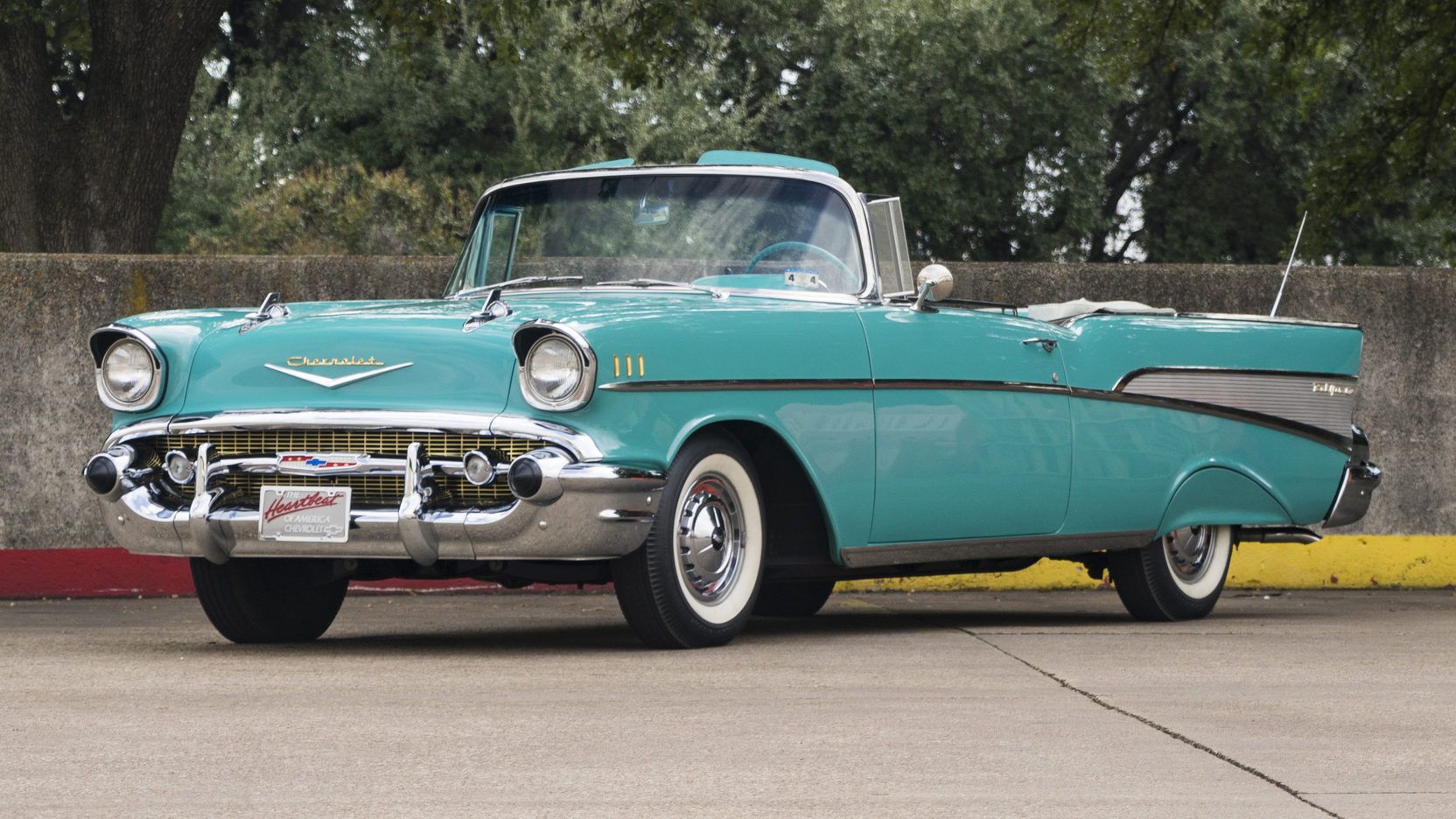When purchasing a classic American car, whether it's an old muscle car, a vintage station wagon, or a massive luxo-barge, remember that it's still a classic car. So, no matter how awesome they might be, they're often plagued by poor reliability and aged components. Still, if you want a true American car, you have to go for one that is a classic. This is where the ability to discern smart investments from massive money pits comes in handy.
Updated June 2021: While there are plenty of great classic cars out there, there are also some that are best avoided. We've updated this article to help you make a more well-informed decision when searching the classifieds for a suitable American classic car to fix up and restore to perfection.
While some classic American cars are a delight to own, despite being decades old, others will put a lot of unnecessary strain on both your time and your wallet, costing you much more in repairs than what you originally paid for them!
In this list, we have 10 classic American classic cars that will, for various reasons, cost you a fortune to keep running and five that are really not too shabby at all to maintain.
15 A Waste Of Money - 1978 Mustang King Cobra
Ford Mustang? A pain to repair? Unfortunately, yes. The King Cobra was an attempt by Ford to reclaim its foothold in the pony car world. Sadly, many would remember this as a low point for the Mustang. An underperforming and unreliable engine that pumped out just 139 hp was never going to really please anyone. The Mustang II really was a horrid little car that's best avoided.
14 A Waste Of Money - 1983 Dodge Challenger
Dodge Challengers are some of the most desired muscle cars out there. Sadly, the models from 1981 up to 1983 are perhaps some of the worst you could possibly get. These were follow-ups to the first generation Challengers that disappeared in 1974 thanks to the oil crisis, and they certainly weren't muscle cars. What this was, in reality, was a rebadged Mitsubishi Galant Lambda, Which were actually more reliable.
13 A Waste Of Money - 1977 Chevrolet Monza Mirage
The late-'70s were a terrible time for car enthusiasts, both power and design-wise. Now, the Monza isn't a bad-looking car, in fact, this might be one of the best-looking American cars of the late 1970s. In white with those stripes, it looks every inch a muscle car. What it wasn’t, though, was reliable. It was a sportier version of the base Monza, which borrowed bits from the Vega. Yes, that very same atrocious and break-down prone Vega. That bit translated well into the Monza Mirage.
12 A Waste Of Money - 1975 Ford Maverick Grabber
The base-model Ford Maverick actually boasted a very decent 210 hp 5.0-liter V8 that made a great sound. And actually, it was quite easy to maintain for the most part. Unfortunately, the Grabber version lost both of those things. In place of the V8, it had a 2.8-liter straight-six that pumped out a woeful 105 hp, and those extra soft vinyl seats and wood panels made for even more for the owner to look after.
11 A Waste Of Money - 1994 Ford Mustang
The 1994 Ford Mustang was another nadir for the brand and the model in general. It was just one of a few mistakes that made Ford realize they’d gone the wrong way. On the outside, its looks weren’t updated enough to get people's attention, and the paltry 150 hp V6 found under the hood certainly wasn't much to write home about. Combined with poor handling and loud sounds coming from the engine due to vibrations, a problem that plagued the last generation, this Mustang is definitely best avoided!
10 A Waste Of Money - 1971 Ford Pinto
The 1971 Ford Pinto is regularly called one of the most dangerous cars to have come from the blue oval. And that’s largely down to the fact that the Pinto had a tendency to explode when rear-ended, thanks to the fuel tank cracking on impact. In 1978, all models from 1971 to 1976 were recalled in what was a publicity nightmare for the company.
9 A Waste Of Money - 1980 Dodge Aspen RT
What really hurt the 1980 Dodge Aspen was simply how badly it rusted. It corroded unlike any other muscle car before it, so much so that you wouldn’t notice the fact that it performed rather badly. The rust issues were due to the cars being pushed out of the factories very quickly. Despite this, the car has remained quite popular, if looked after properly.
8 A Waste Of Money - 1982 Pontiac Trans Am
The 1982 Pontiac Trans Am is quite a bold looking car. Its futuristic design was a risky one to introduce, but Pontiac did pull off a great looking car. So what went wrong? Well, its powerplant didn’t match the looks and the 5.0L 165-hp engine tended to detonate at full throttle. That's hardly what you want from a performance car. Or any car for that matter.
7 A Waste Of Money - Mercury Capri Turbo RS
The Mercury Capri Turbo RS is another great looking machine. But as we have seen, good looks do not fully equate to good reliability. What was so bad about it? Well, its 2.3-liter four-cylinder engine was rather unreliable, thanks to its turbocharger. It isn’t so bad with 132 hp, but it wasn’t up there with some other muscle cars of the era.
6 A Waste Of Money - 1982 Chevrolet Camaro Iron Duke
Again, some might argue that this is one heck of a good looking muscle car, and we tend to agree that 1980s Chevrolet Camaros are perhaps among the best-looking muscle cars, period. For the most part, the Iron Duke was quite reliable. But issues arose when drivers took the car to the limit… and beyond. When that happened, it was guaranteed something would go wrong with the engine.
5 Still Cheap - Ford Falcon
The Ford Falcon is surely one of the best-looking and coolest cars that Ford has ever built. In particular, the early variants of the car. Sure, it is a simplistic design, but sometimes that is what you want in a car. The simplicity of the Falcon extends to the mechanical parts, as nothing is laid out awkwardly and parts for this car are still in production today, making spares easy to source.
4 Still Cheap - Dodge Dart
Some Dodge machines are an absolute nightmare to maintain. Thankfully, for Dart lovers, the Dodge Dart from the late 1960s is not one of those. A lot of attention went into this model over the nine years it was in production, and their relatively modest sale price now means they can be picked up easily, and there are enough spare parts. Plus, it’s not bad on fuel economy either—rare for a muscle car.
3 Still Cheap - 1967-1969 Chevy Camaro
The 1967-1969 Camaro is one of the easiest classic muscle cars out there to restore. Sure, actually buying the car might set one back a small fortune these days, but a Camaro restoration job is simple enough, as parts are readily available as well as affordable. In fact, entire engines can be purchased at several dealerships. Otherwise, just get a crate engine to drop in there, and the interiors are also readily available and relatively quick to change, making this one of the easier classic American cars to live with.
2 Still Cheap - Ford Mustang MK1/Mach 1
The beauty of earlier Ford Mustangs is that because they are such an iconic machine, parts for these are still manufactured and readily available. There's even enough around of the slightly rarer models that you can find parts for them somehow, somewhere. The cult following surrounding the first-generation and Mach 1 Mustangs have really played into the hands of the car.
1 Still Cheap - Chevrolet Bel Air
The Bel Air went into production in 1950 and it was an instant hit. Spare parts became plentiful as some models weren’t even sold, thanks to a larger than expected production output. Plus, with the modularity of these older cars, it's still possible to find almost any parts you need.

